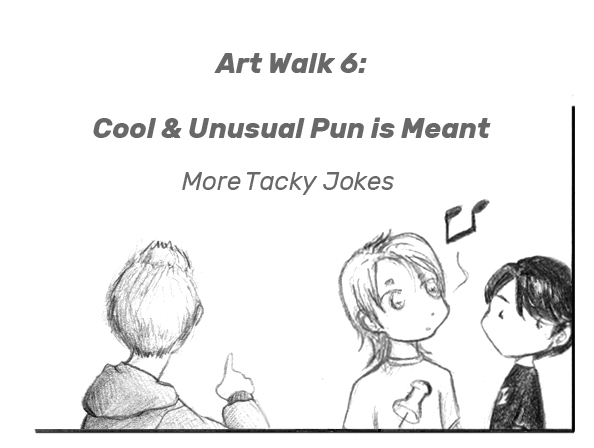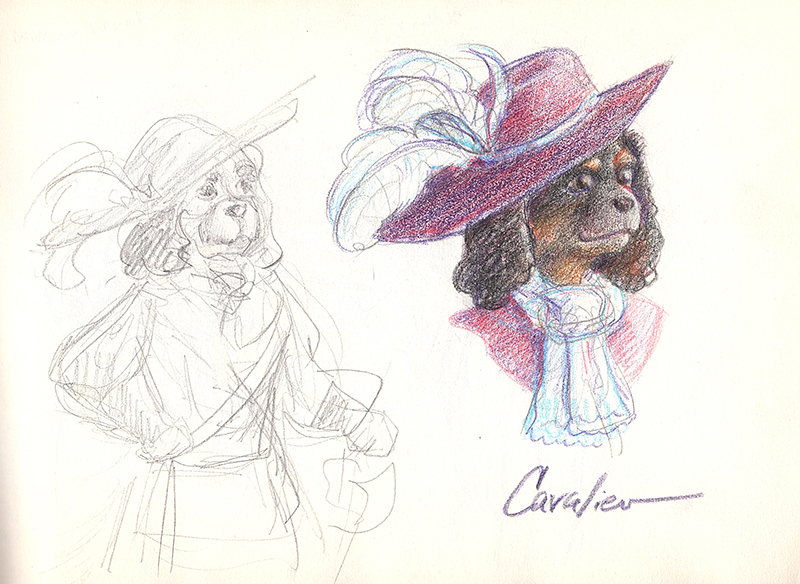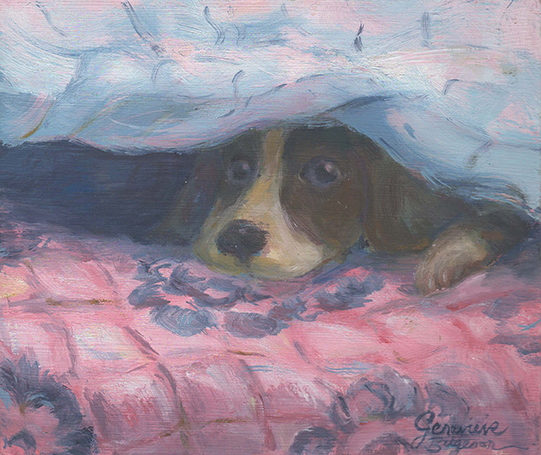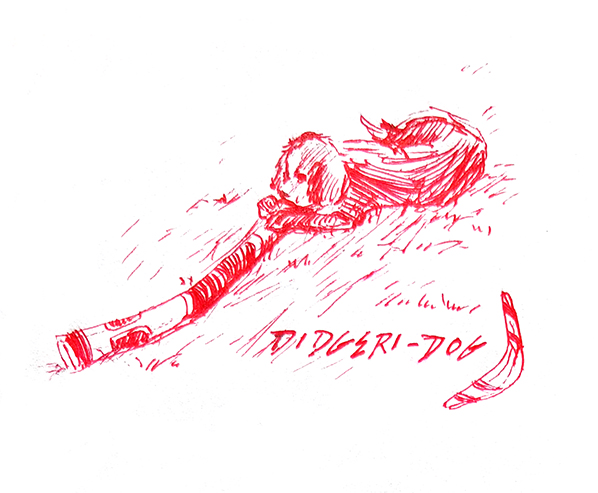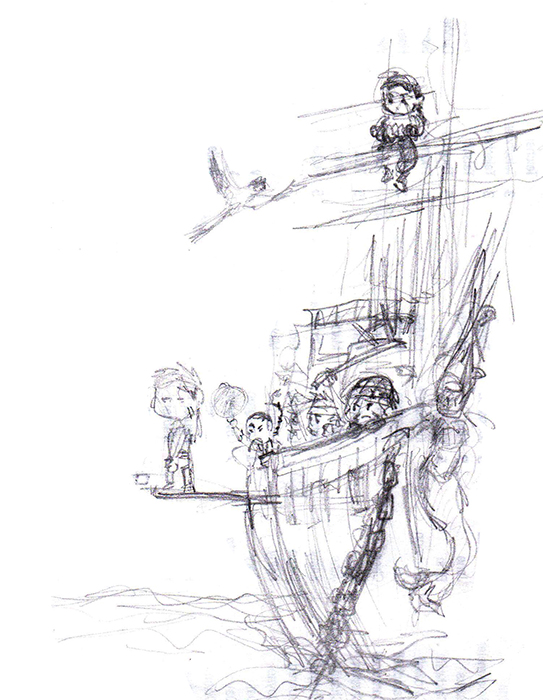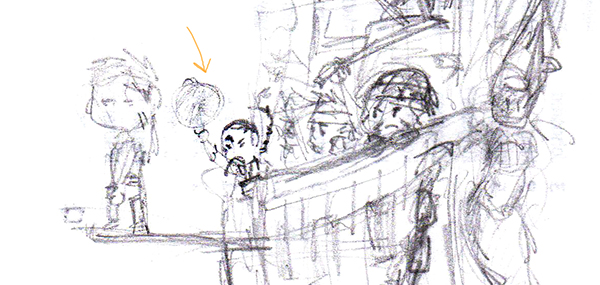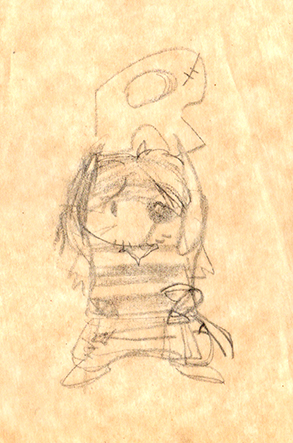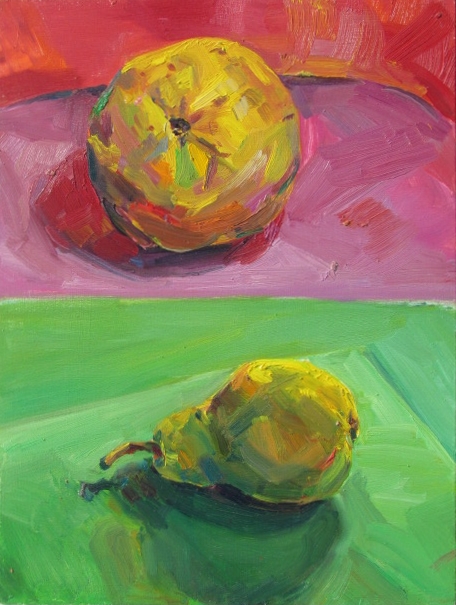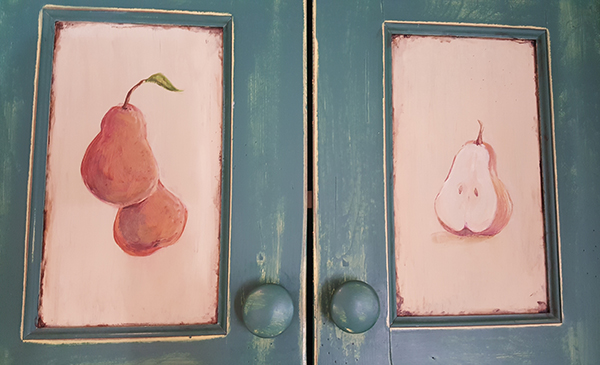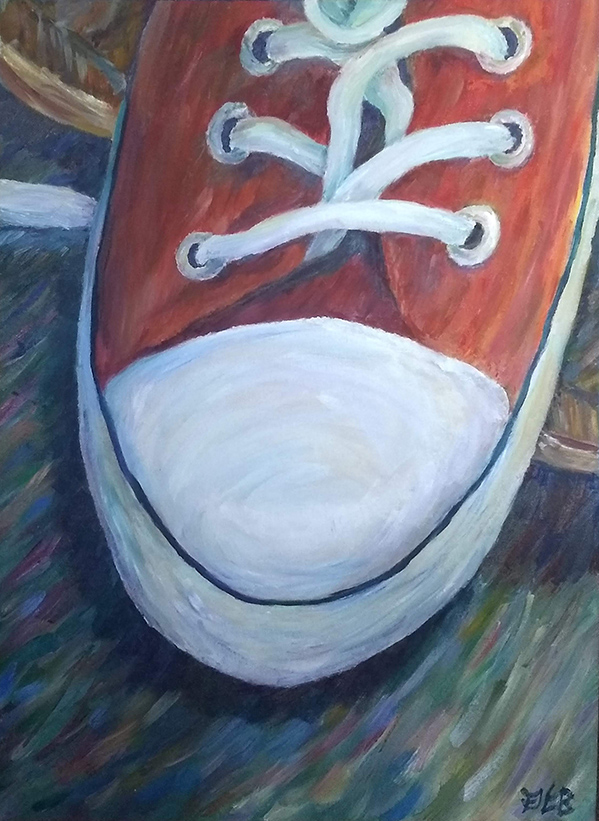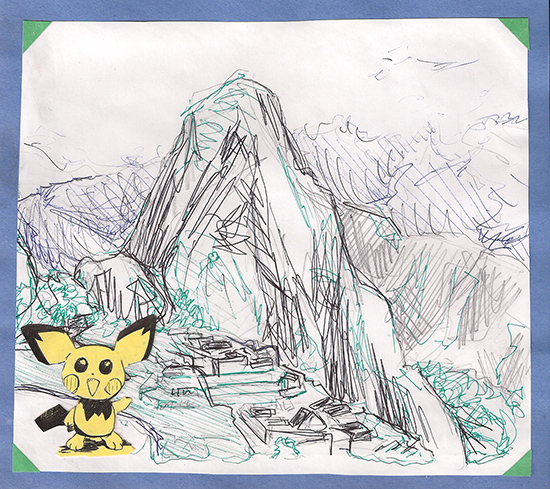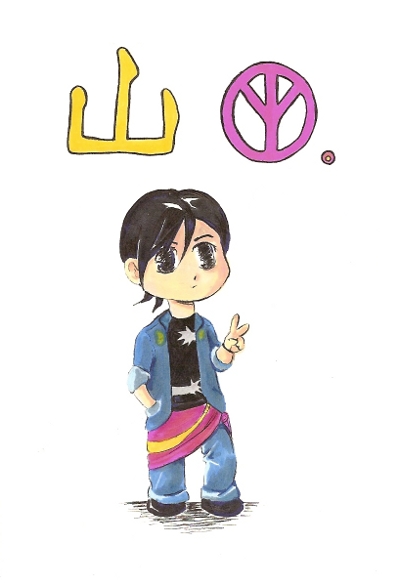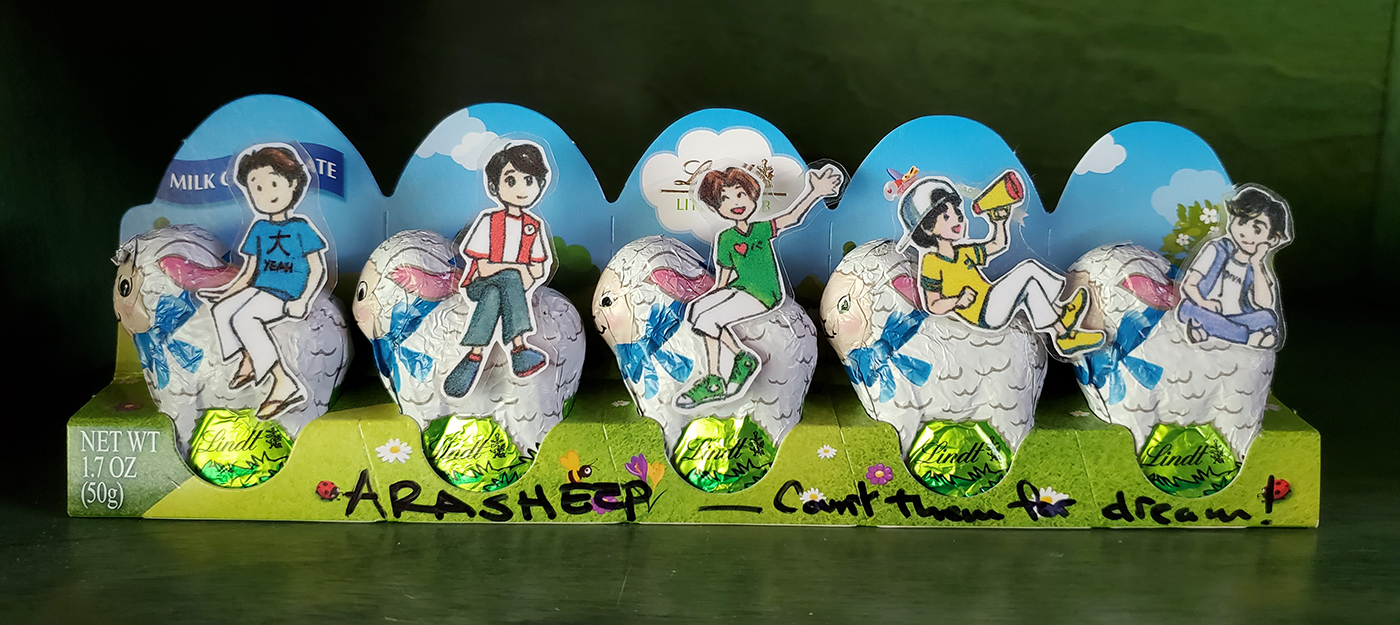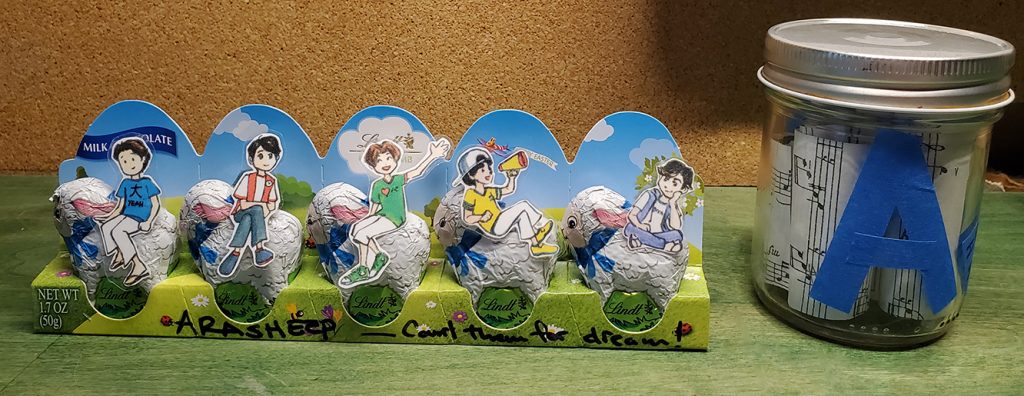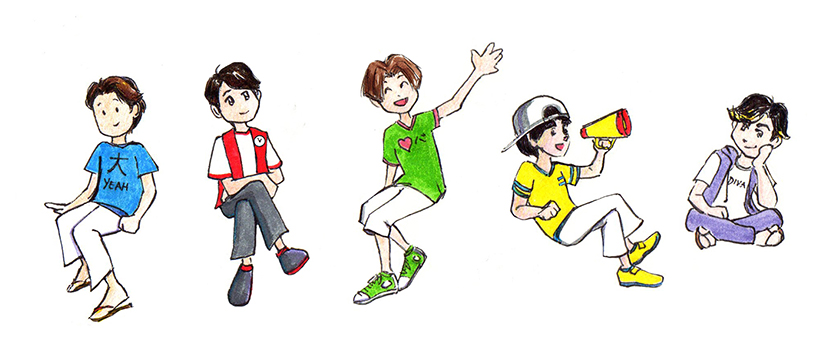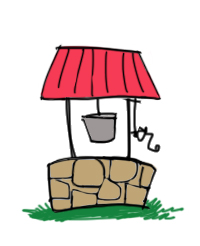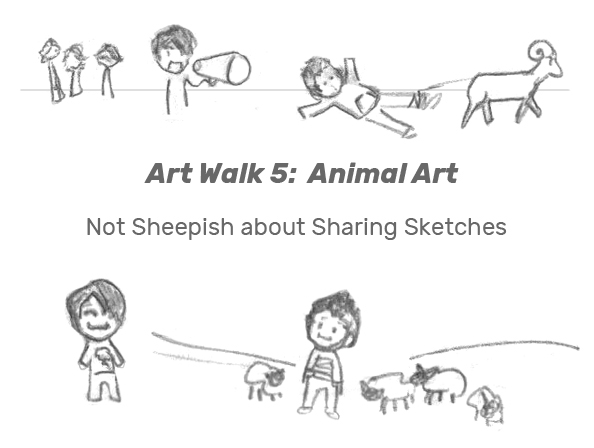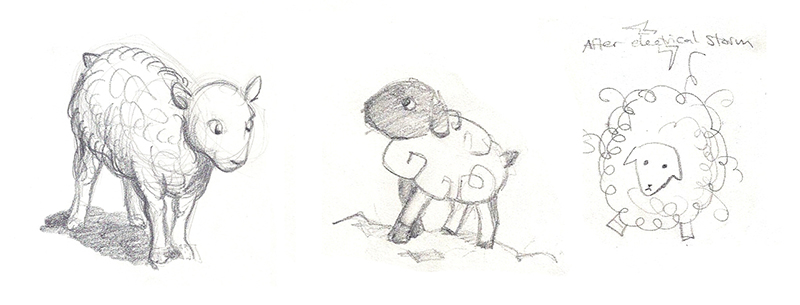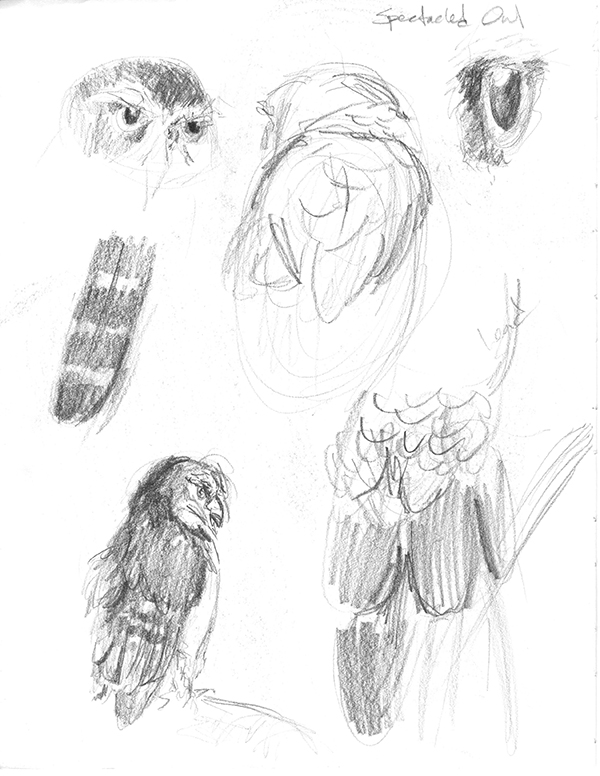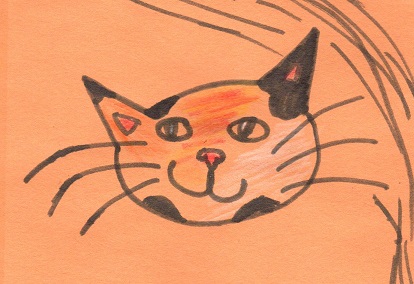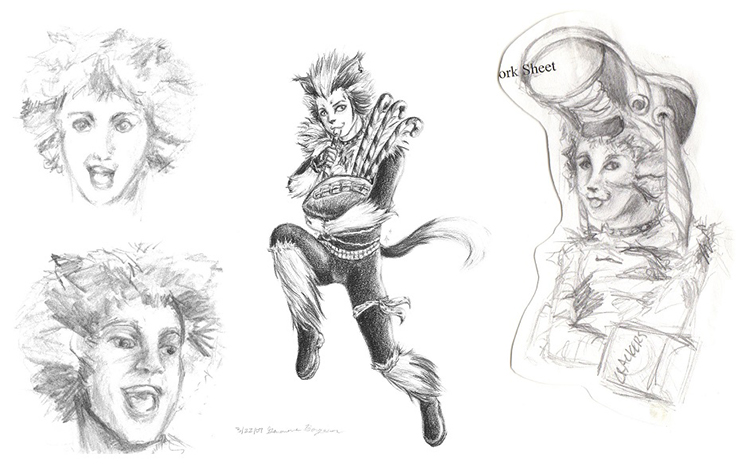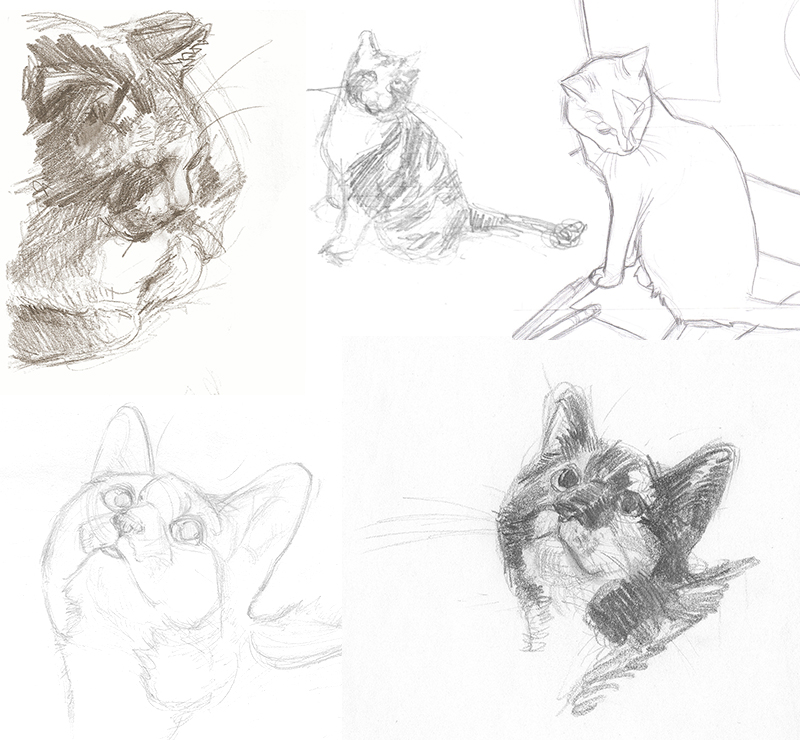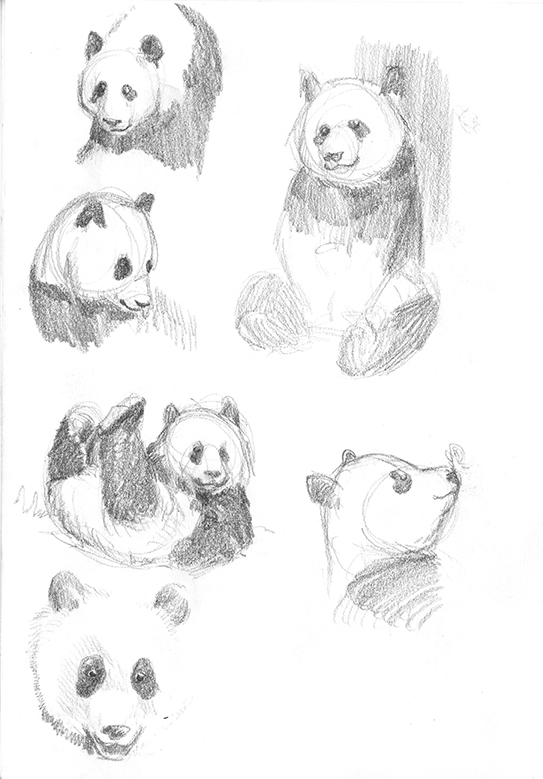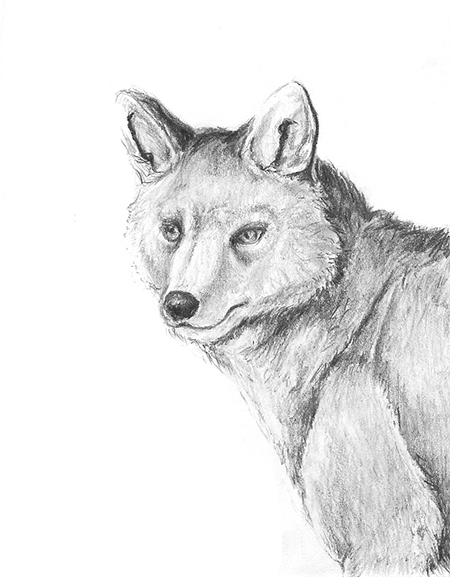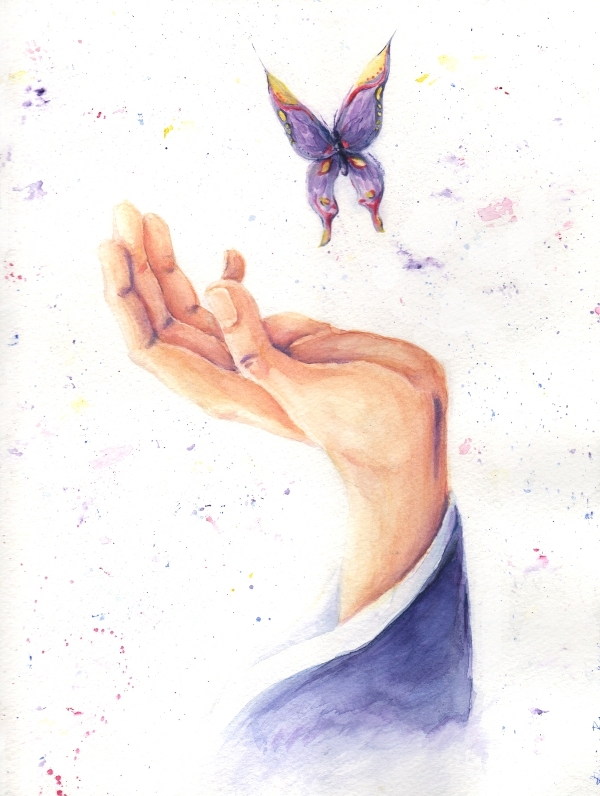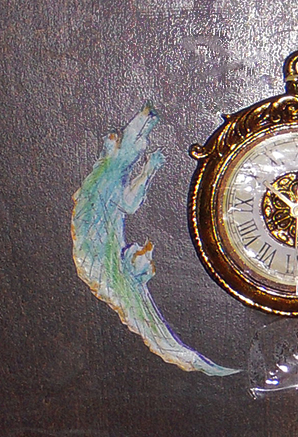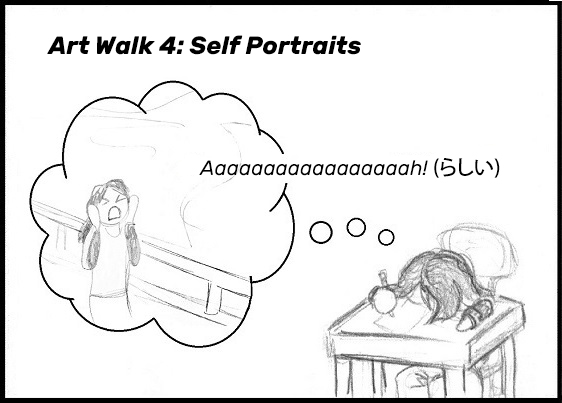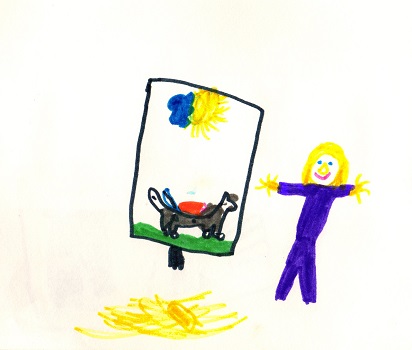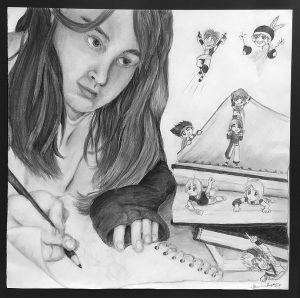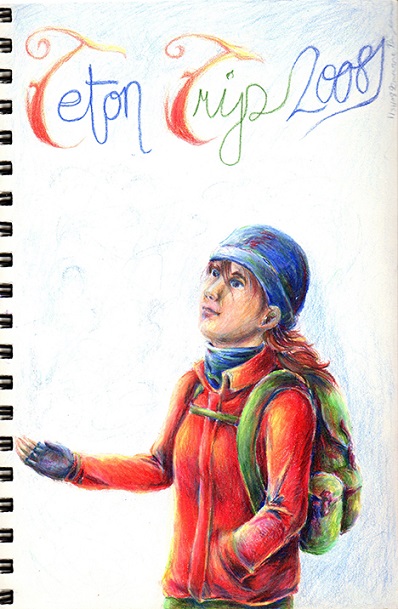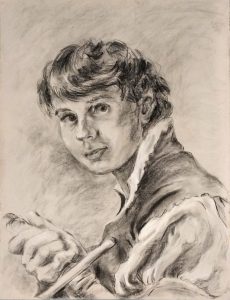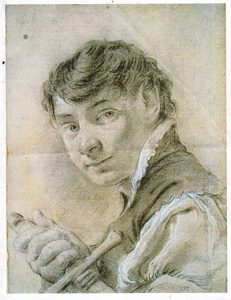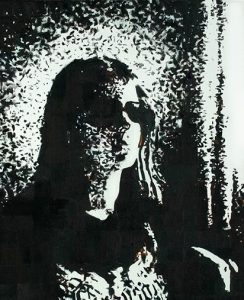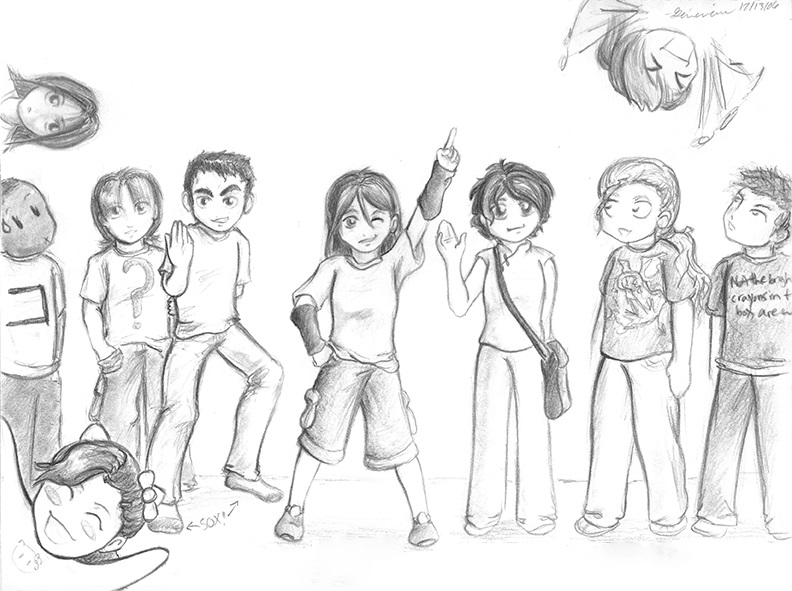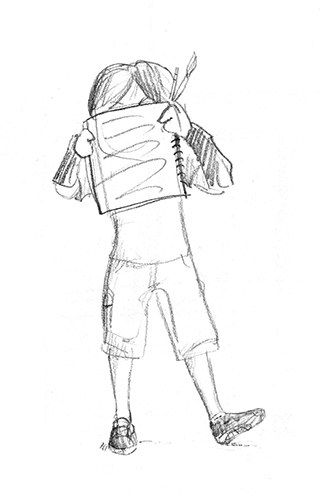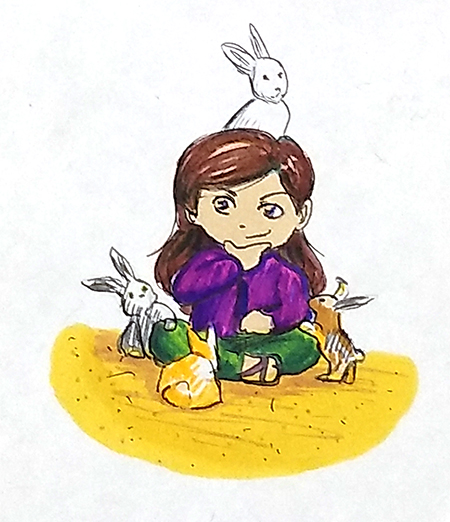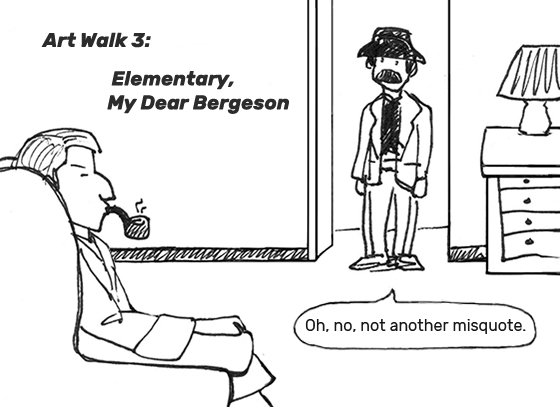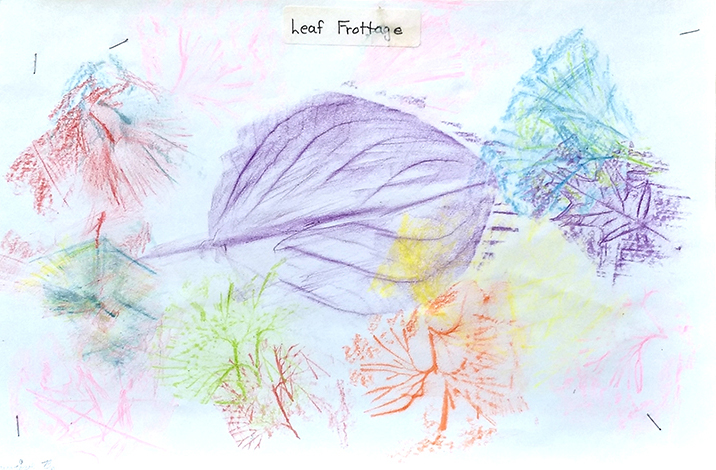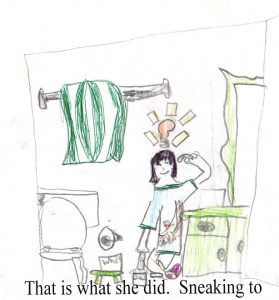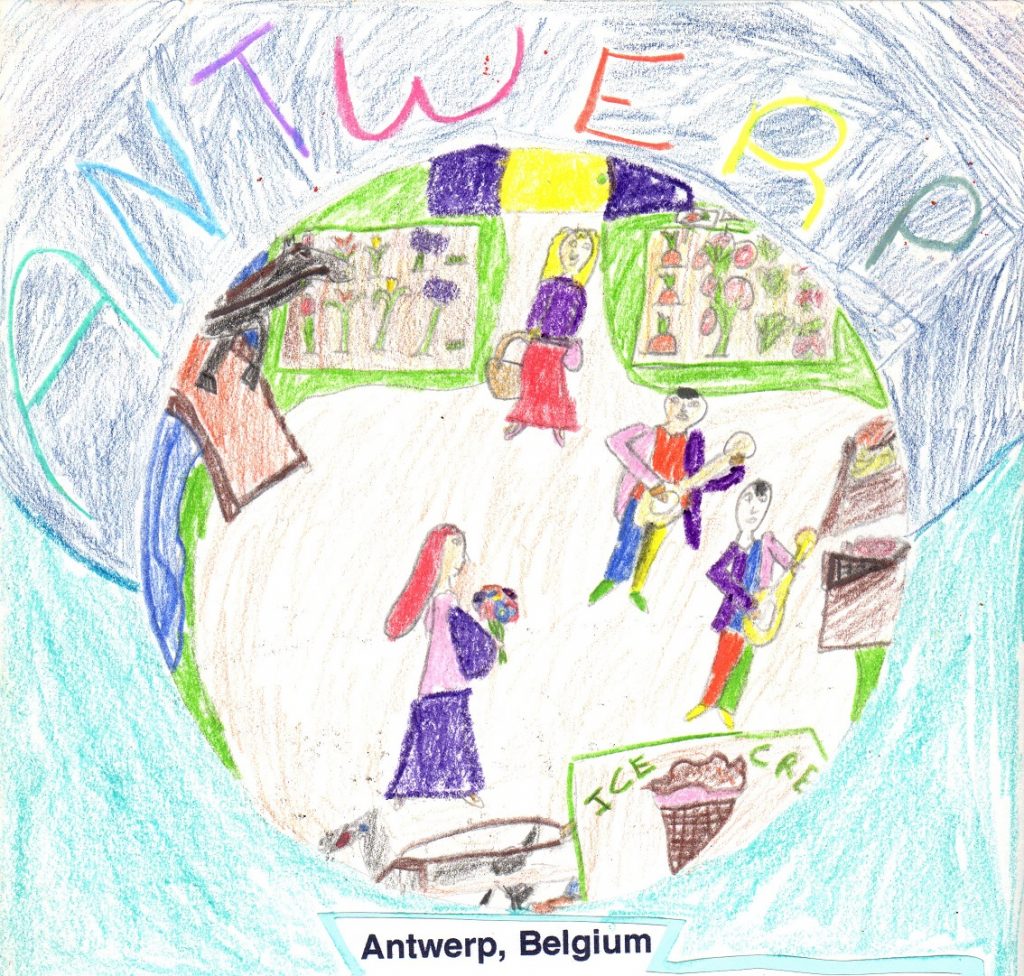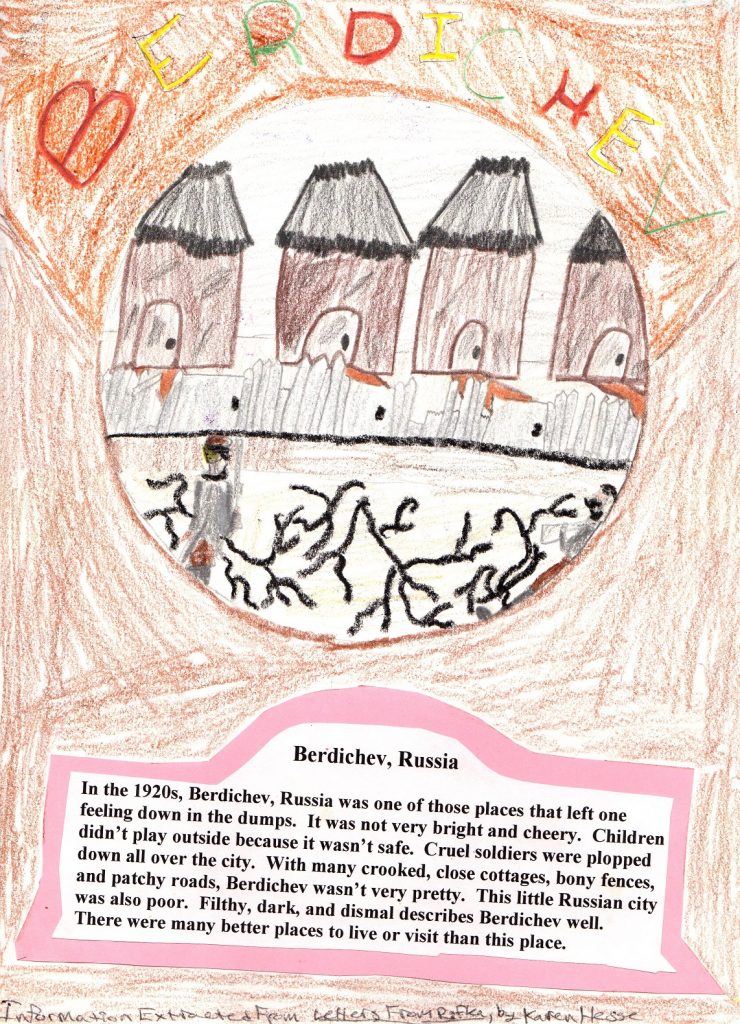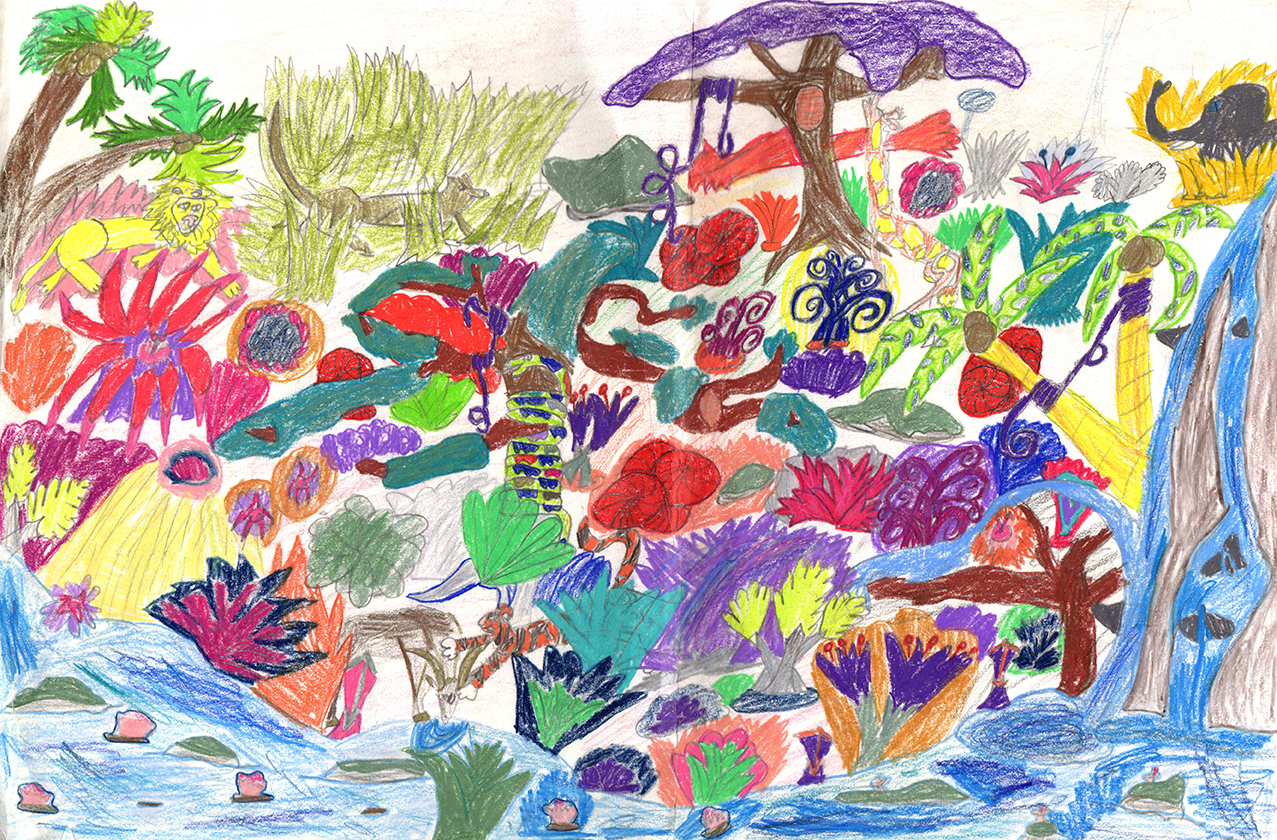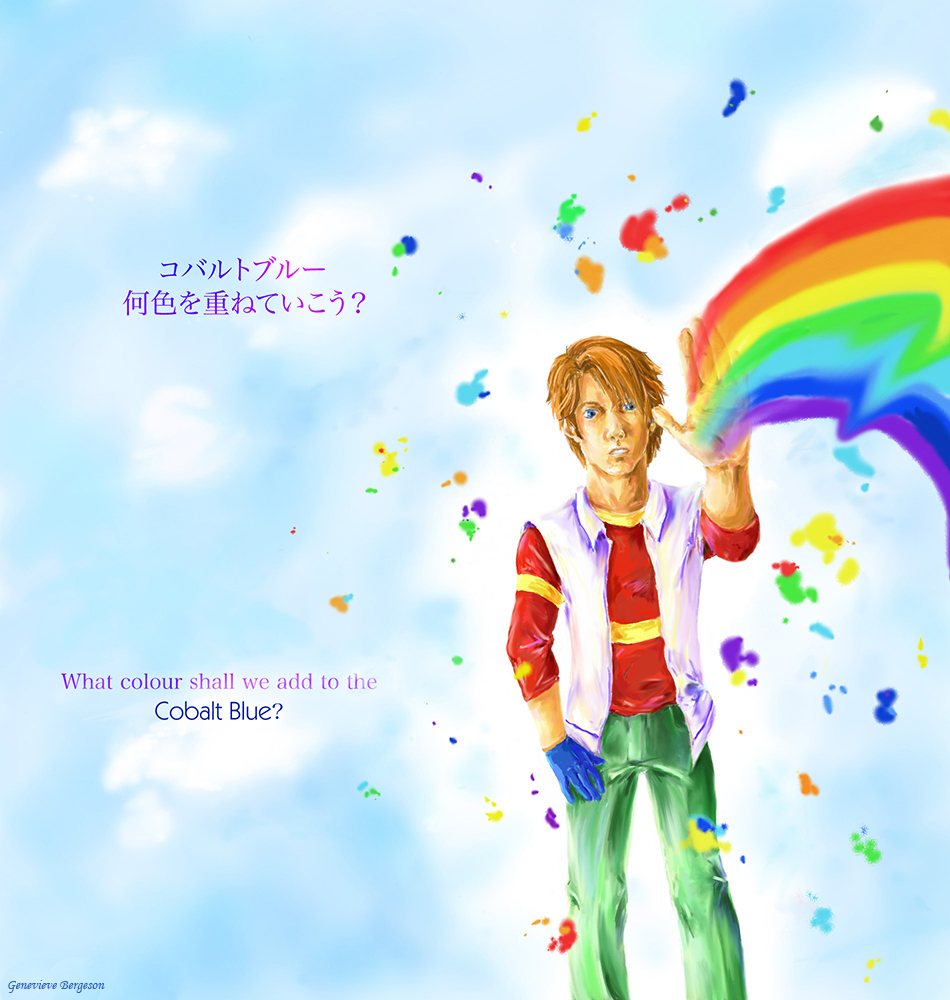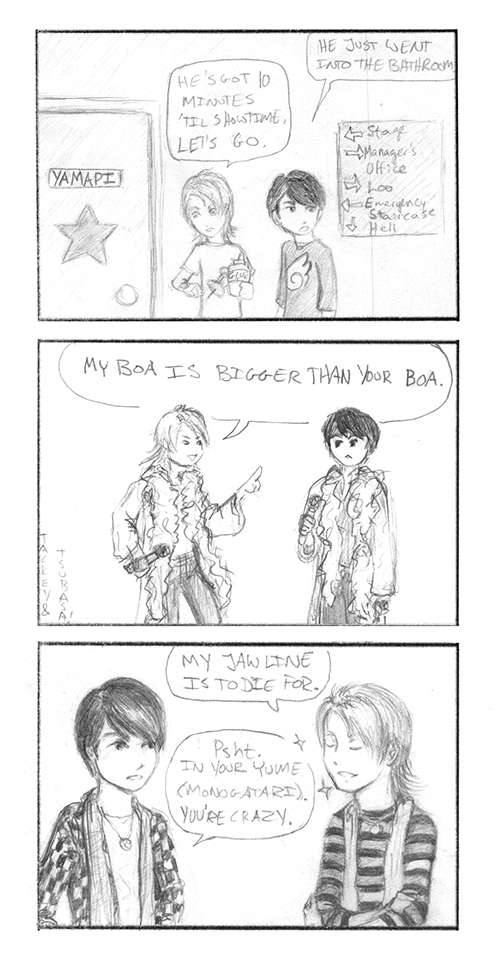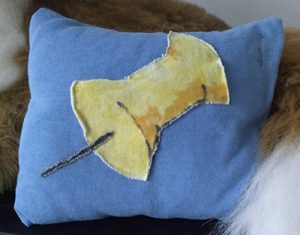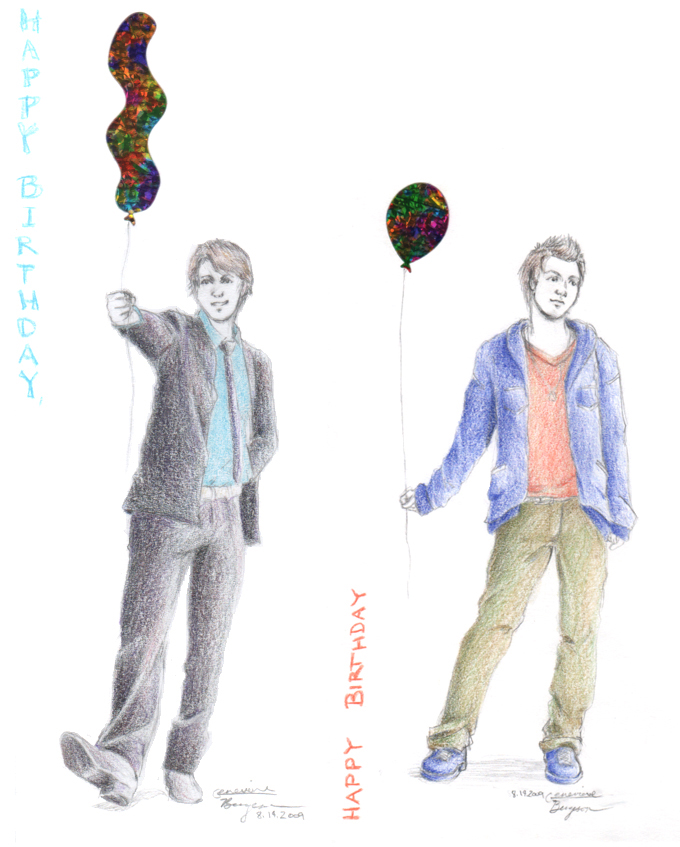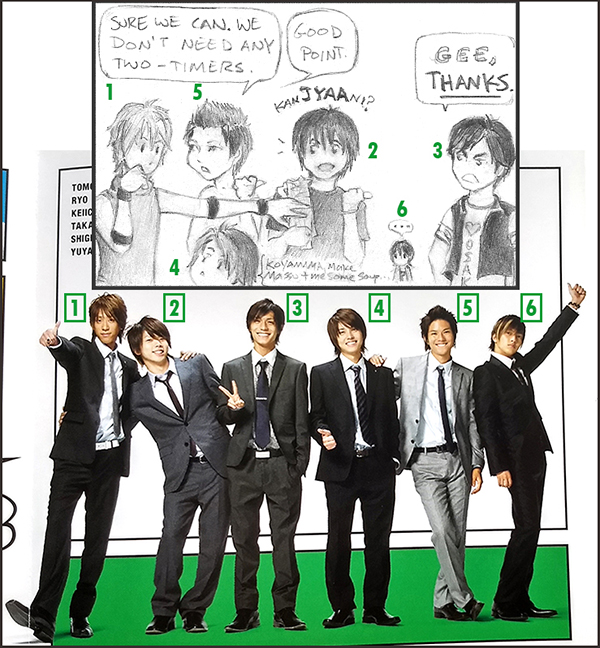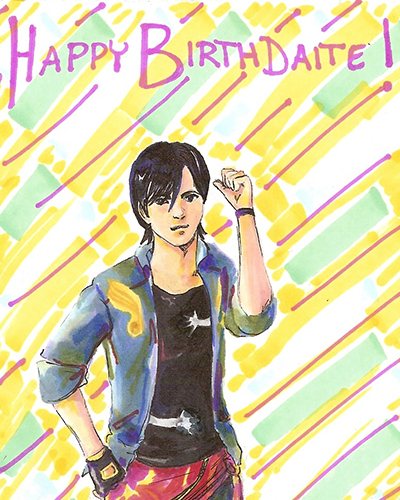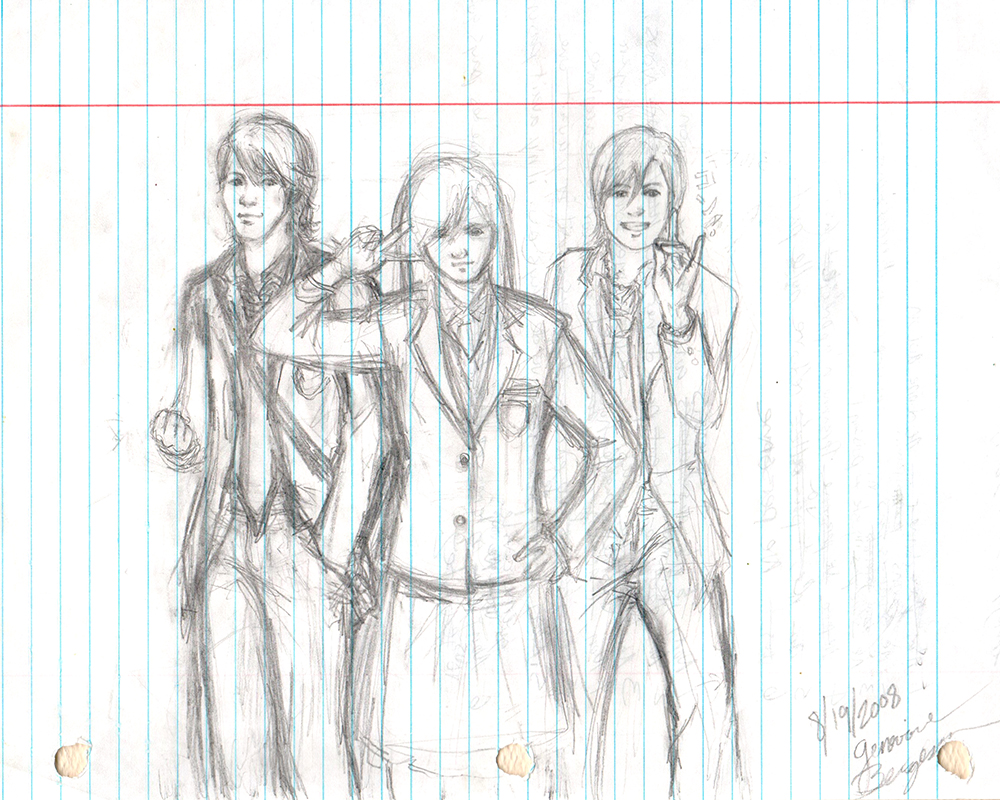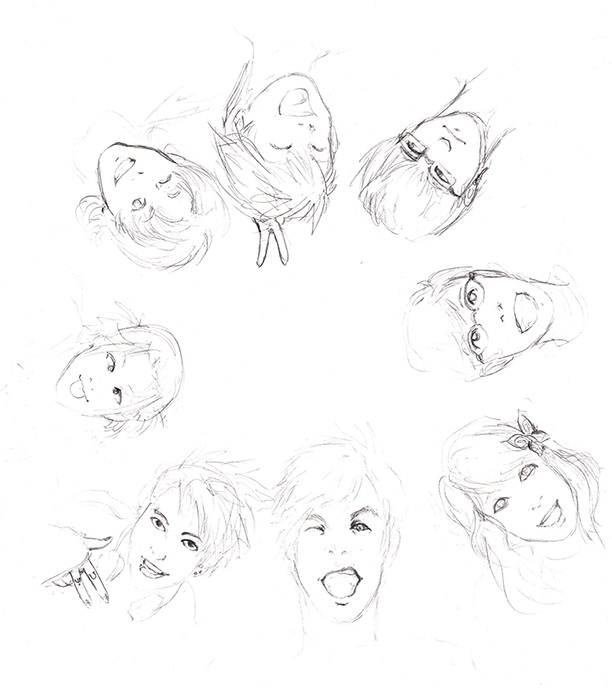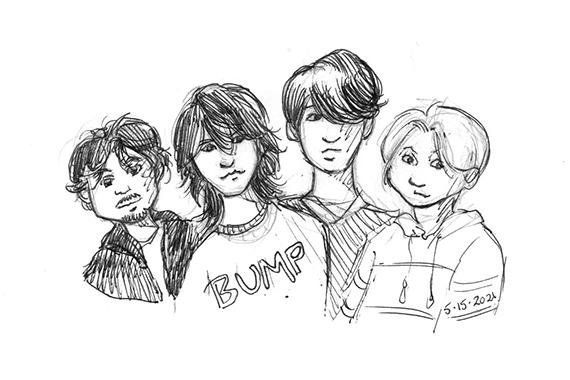Given my penchant for puns, it should come as no surprise that today’s theme has been in mind from the beginning of the series. I hope you will find it enjoyable and that you will neither shoo nor shoe me for my insole-lence. This is also the last Art Walk. Perhaps years from now, there will be another run.
Seemingly perpetual note: You will need to click images to enlarge to view a lot of the art properly.
Doggone it!
You might think this blog has gone to the dogs after reading some of these puns, but as promised last time, here are the doggies!
Cavalier (2018): A dashing King Charles spaniel. I think the ears of the tricolors and black-and-tans make them look like members of the French court, appropriate for a mutt-keteer.
Rescue Dog (2017)
Undercover Pup (2015): Not a skillful painting (just a “use up extra paint before it dries” venture), but given today’s theme, I’m not un-comforter-ble sharing it.
From under a downy cover to down under, here’s Digeridog (c. 2015).
Pirates
I’m sure I could transition with a joke about salty dogs or sea dogs, but since this post already carries a boatload of wordplay, I will spar(e) the effort.
Wok the plank: I never finished this cartoon because I didn’t come up with a satisfying set-up and punchline. “See the / cedar plank? Wok it!” may have been the closest, but I wanted the parrot to squawk (sq-wok?): “Rrraaaaah! Wok the plank!”
R: I think U get the I-D-ea.
Two Pair
Apparently paired pears pear-iodically appeared: Apparantly (2009) and panels from the cabinet project (2018).
What’s in a name?
Converse-ation Piece (2006): Tongue-tied? Comment on somebody’s shoes.
Bubblegum Pop (2017): A style of music and a sugary snack.
Ja-puns
Japanese pop culture returns to the Art Walks in full force.
Machu Pichu (2010). To readers not versed in Pokémon, think of Pichu as a baby Pikachu.
Yamapeace (2008): The back of the Yamapi birthday card I drew for a friend. The front is in Art Walk 2. (⼭ is yama.)
To come full circle, this Art Walk ends how the series began, with Arashi art.
The Big O (2008): Oh, no, another Ohno Satoshi joke? Oh, yes. They never get Ohld. The kanji for the “Oh” (大) in “Ohno” (大野) means “big.” The Big O is an anime from the late ‘90s and early 2000s. So there you gO.
We will also travel from the past back to the future present. This next bit, a gift for a friend, is quite involved, so allow me to elaborate (without, I hope, ruinous over-explanation).
Arasheep (2022): Count them for dream!
The chorus of Arashi’s debut song, A · RA · SHI, ends in “for dream” (and sometimes scrumptious five-part harmony). Here are clear scans of the originals. The laminated ones in the photos were resized to fit the sheep better.
- Ohno (blue): 大 (Oh) yeah!
- Sho (red) has a clock pin on his vest because it’s show time!
- Aiba (green): The sound ai can be written with the kanji character for “love,” so there’s a heart (plus the katakana ba, バ.
- Nino (yellow): The kanji ⼆ (ni, 2) repeats (sleeves, lapel, shoes). “We are the Knights Who Say Ni[no]!”
- Jun (purple): “Diva.” ‘Nuff said. In this case, “no pun intended” means “intentionally no pun.”
- Glass container: The Japanese word for “pun” or “bad joke” is dajare (sounds like “the jar A”). It was filled with more jokes.
Thus we come full circle. 楽しかったです。(Tanoshikatta desu. “It’s been fun.”) Thanks for walking with me. All’s well that ends well.
Well, then. Bye-bicycle!

